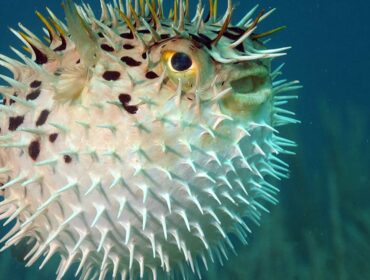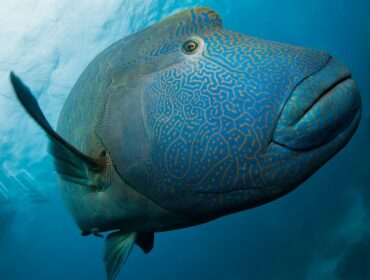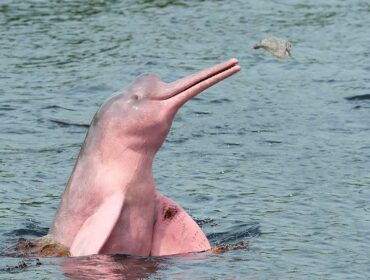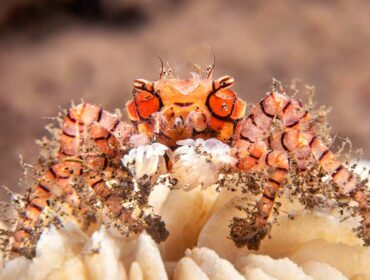Whether you like to go fishing or SCUBA diving is more your speed, the adage is true: there are plenty of fish in the sea! But the oceans aren’t the only water bodies that are rich in fish life; many of the planet’s freshwater systems harbor aquatic creatures that are every bit as strange and unique as their counterparts in the ocean. In the Great Lakes, there are plenty of strange fish to find, from walleye fish to Asian carp to sea lampreys, each with a different history of adaptation and survival in these diverse ecosystems. Because the Great Lakes each have a specific ecosystem different from the next, diversity is one thing you can always expect here. Check out just three strange fish you’ll likely find in the Great Lakes.
Bloater
One type of strange fish that can be found in the Great Lakes is the Coregonus hoyi, which is better known as the bloater. This fish is of a silver and white color, with pink and purple iridescence, and a white belly. Due to being preyed upon by other species of fish, including invasive species such as the alewife and the sea lamprey, the population of the bloater fish is declining. The reason why the bloater is named as such is because it tends to be found at depths ranging from around 95 feet to 650 feet, and when caught and brought to the surface, its gas bladder expands and gives it a swollen appearance.
Burbot
Another type of strange fish that can be found in the Great Lakes is the burbot. This fish looks like a cross between a catfish and an eel, but can be identified by a single barbel on its chin. This fish is found most often in Lake Erie, but can be seen in the other Great Lakes as well.
Lake Sturgeon
Finally, the last strange fish to be found is the lake sturgeon. This very large fish, which can grow up to 50 feet and weigh up to 200 lbs, has an elongated snout that looks similar to a spade, which is used to dig up things at the bottom of the lake while searching for food. It also has a set of four barbels near its mouth, and its body has bony plates on its sides and back, making it appear every bit the prehistoric animal it is.





